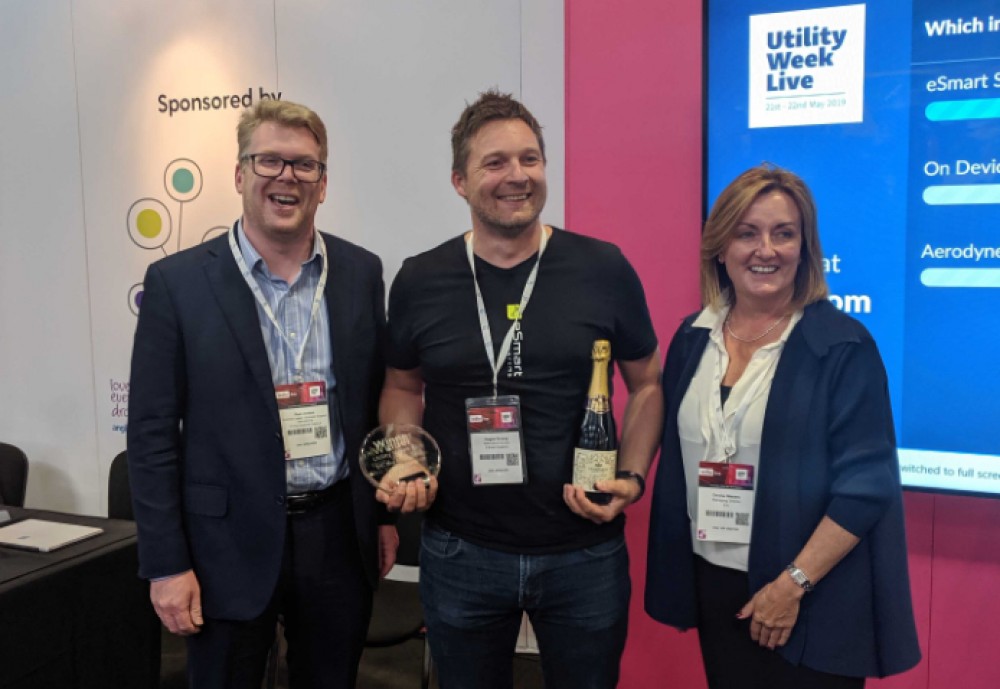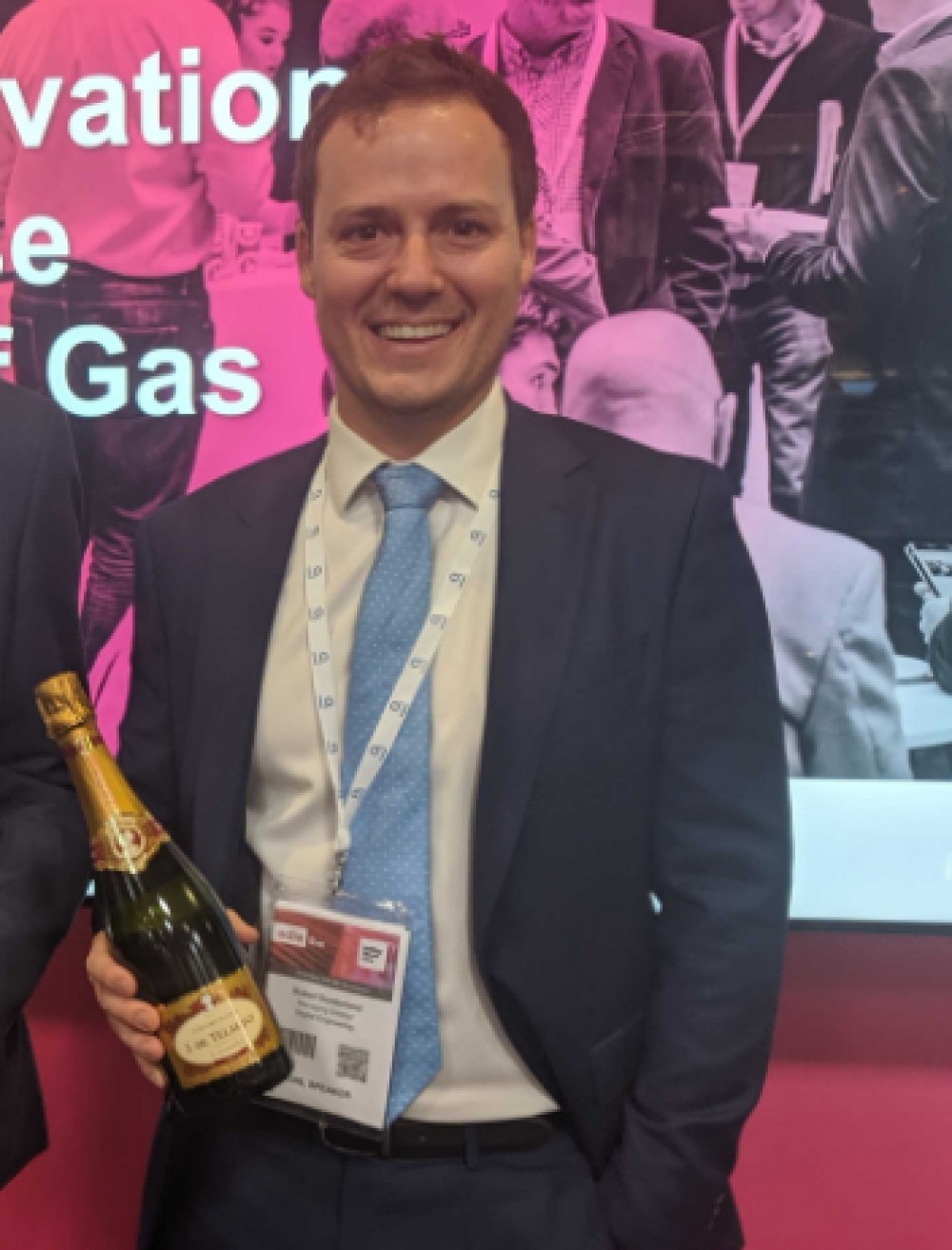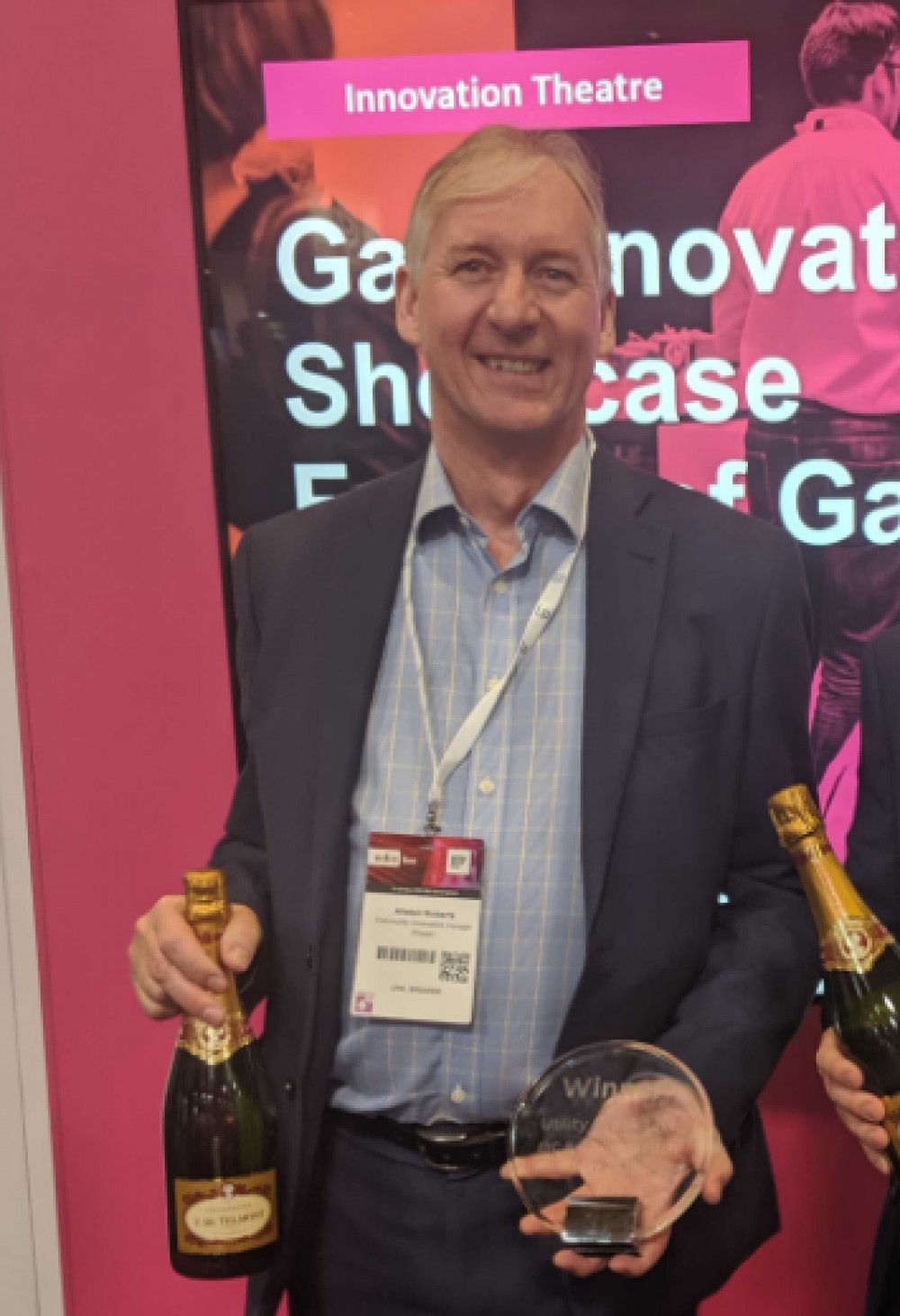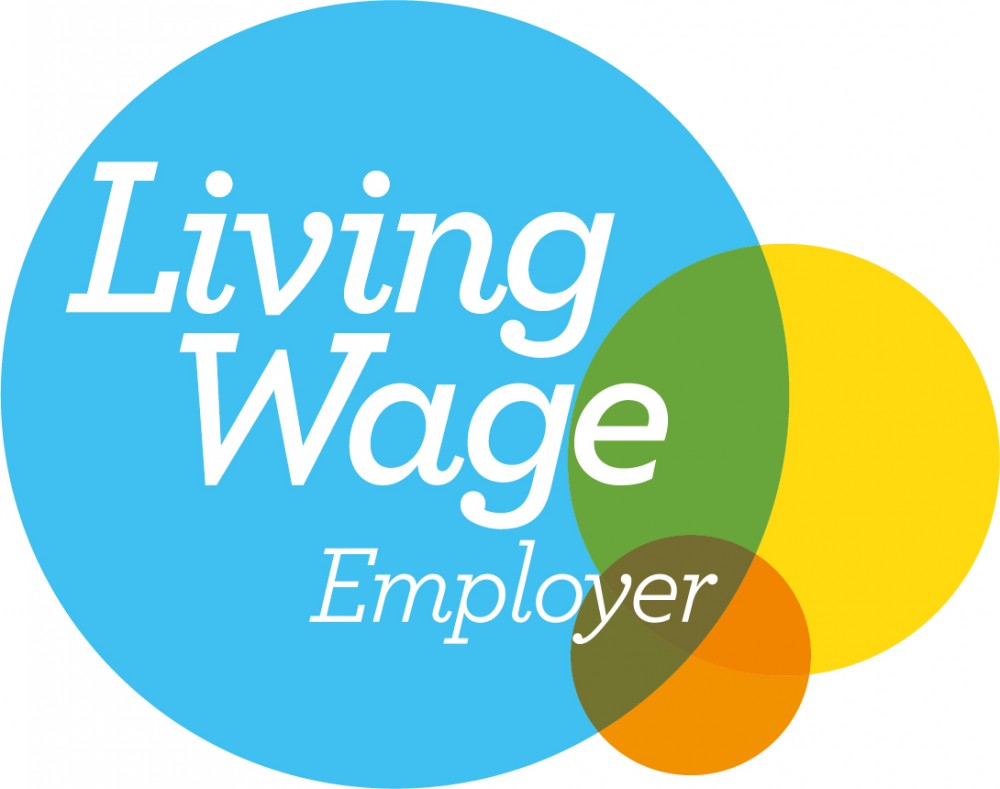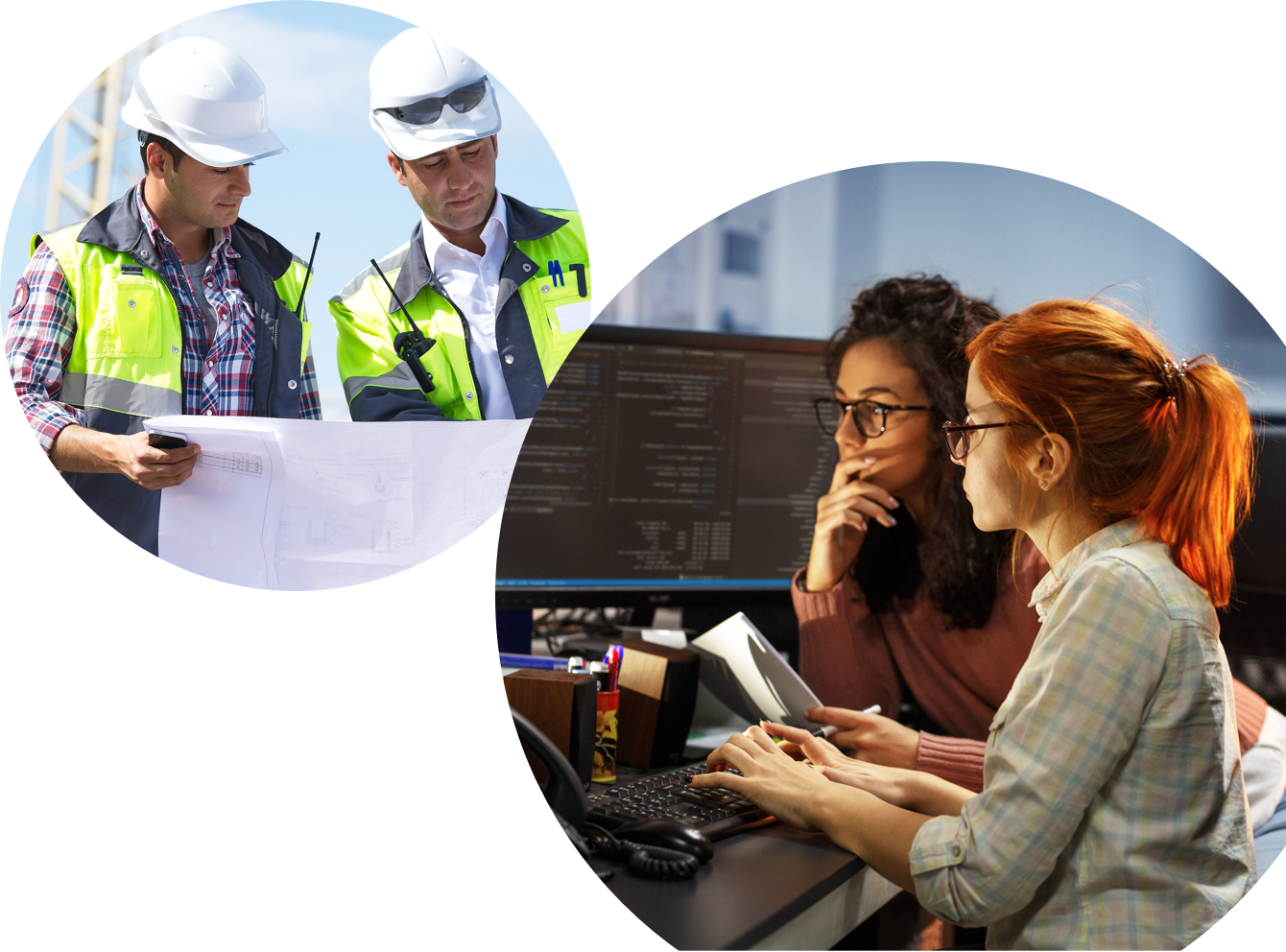On day two of Utility Week Live 2019, eSmart Sytems’ Sales Director, Hogne Fevang, took home both the judges’ and audience’s choice awards for his pitch on eSmart System’s Connected Drone technology, in the EIC’s Big Energy Pitch. The Big Energy Pitch is a Dragon’s Den-style event that gives SMEs the opportunity to demonstrate new ideas and technologies in front of a panel of industry experts, gaining exposure and receiving invaluable feedback on their latest innovations.
Based on more than 20 years of international experience in establishing and operating knowledge-based IT, eSmart Systems provides AI driven software solutions to the energy industry and service providers. In an interview with the EIC, Hogne discusses the ins and outs of their prize-winning innovation and his experience of the Big Energy Pitch.
How did it feel to win, not only the judges’ vote, but also the audience vote in the Big Energy Pitch?
I’m very happy to have won. It was a great experience; at eSmart Systems, we always believe that the work we are doing is the right thing and that our Connected Drone technology sets us apart from others in the same field - for us, winning the Big Energy Pitch was evidence of that.
How was your experience of pitching to the judges, and what do you feel were the benefits of taking part in the Big Energy Pitch?
Taking part in the EIC’s Big Energy Pitch was fun. It provided eSmart Systems with additional exposure and the chance to share our innovation; the EIC’s judging panel, made up of key industry figures, from their partner companies, gave us a gateway to new potential customers. Attending Utility Week Live with the EIC also meant that we were able to get involved in the event, alongside other innovators, in a unique space in which we were able to showcase our technologies and engage in valuable networking opportunities.
Tell us about the innovation you pitched
Our Connected Drone software utilizes deep learning to dramatically reduce utility maintenance costs, failure rates and extend asset life. The system uses Microsoft Azure image recognition to automatically document power line conditions and pin point defects in the grid. By leveraging AI, utilities are able to analyse more inspection data in an hour than can be done manually in a year.
How does Connected Drone work?
eSmart’s Connected Drone end-to-end inspection process consists of five phases:
1. Getting the data: A drone configured with intelligent communication is connected to our image analysis client. The utility partner then flies the drone along the power lines, focusing on specific objects. The drone sends collected images and data, such as GPS coordinates, to an image analysis client. Alternatively, the utility can drag and drop the images into the software or use a provided Application Programming Interface (API).
2. Analysing the data using deep learning: The Connected Drone software is powered by deep learning-based image recognition and Azure. It automatically identifies assets and components, and detects defects and anomalies in the grid. AI-detected problems are automatically issued a defect alert, GPS location and work order—all of which are then sent to field crews’ mobile devices in real time.
3. Presenting the new inspection data efficiently: We then deliver the analysed data in a format that can be used by the utility partner to plan repairs or monitor sections for future work; the data is geo referenced, presented in a map view and combined with asset information, flagging and filtering defects by type or severity.
4. Deciding what to do next: Optimized decisions are then made based on the detailed data analysis.
5. Sharing the data and fixing the defects: The data is then shared with repair teams so that the defects can be fixed quickly. Outputs from the software can be made available through APIs or integration into utility business systems to increase maintenance efficiency.
What industry issue does your innovation tackle?
Traditional inspection methods include inspectors walking lines and climbing towers, manually looking for faults or potential problems. Walking 450,000 miles takes time, thus Utilities are constantly looking for ways to improve this process. The use of low flying helicopters equipped with cameras has become quite common, and now Utilities are starting to use unmanned drones to further improve the efficiency and reduce the risk of accidents. However, one problem remains: once data has been gathered on millions of towers, lines and insulators, how do Utilities then process the data?
A human expert can process roughly 50,000 images a year, and finding critical faults in an ocean of data is very hard for the human eye. eSmart Systems’ Connected Drone solves this problem by using ground-breaking deep learning techniques. Combined with the power of Microsoft Cloud, the Connected Drone Intelligent Assistant can process 180,000 images in less than one hour, identifying defects such as cracks and rot in wooden poles, broken insulators, and objects on power lines.
What challenges have you faced in pitching the Connected Drone technology?
Our biggest challenge has been trying to get customers to understand that the technology itself is just a tool; the real change lies in how companies can utilise these kinds of tools in order to alter their business processes.
What advice can you give to upcoming innovators?
Try to stay focused; don’t try to solve all the world’s problems in one go. It is better to succeed saving parts of the planet, than fail trying to save the whole planet.
For more information on eSmart Systems and their Connected Drone technology visit: https://www.esmartsystems.com/products/connected-drone/


